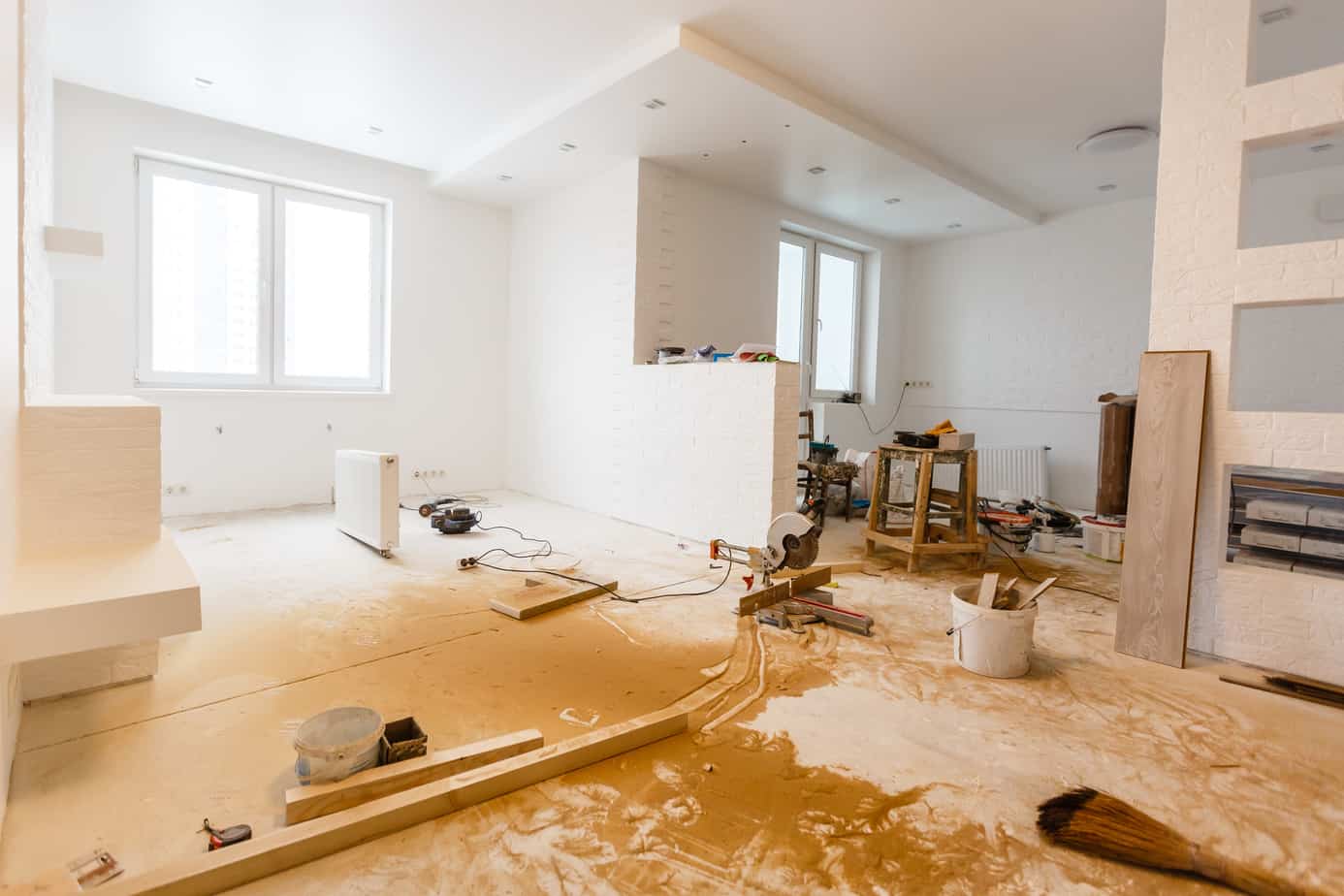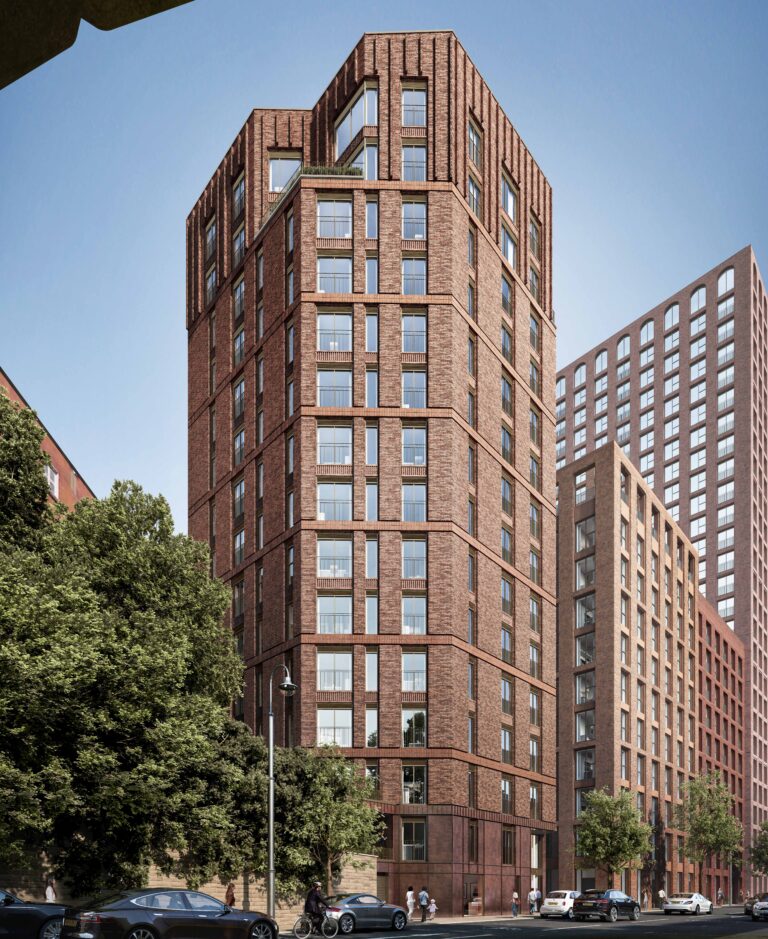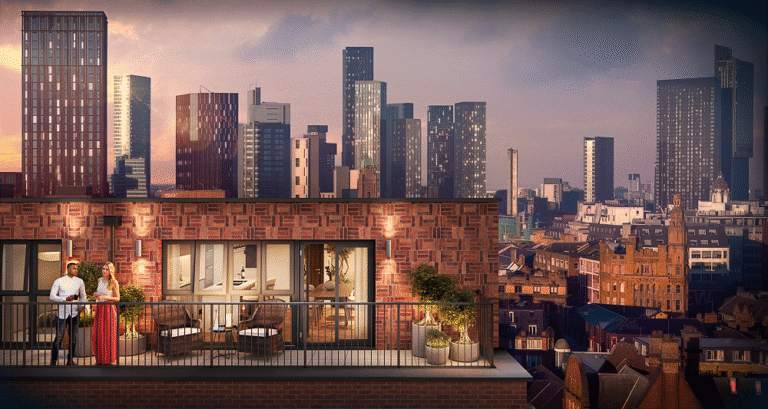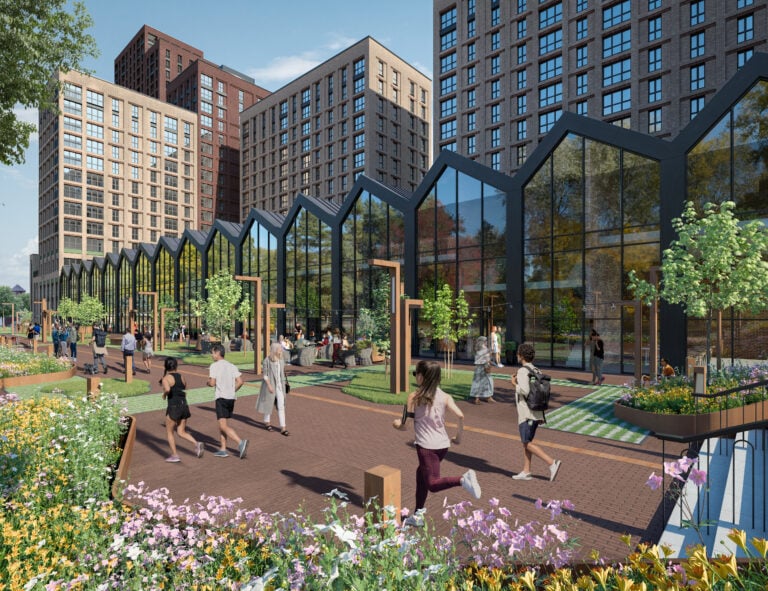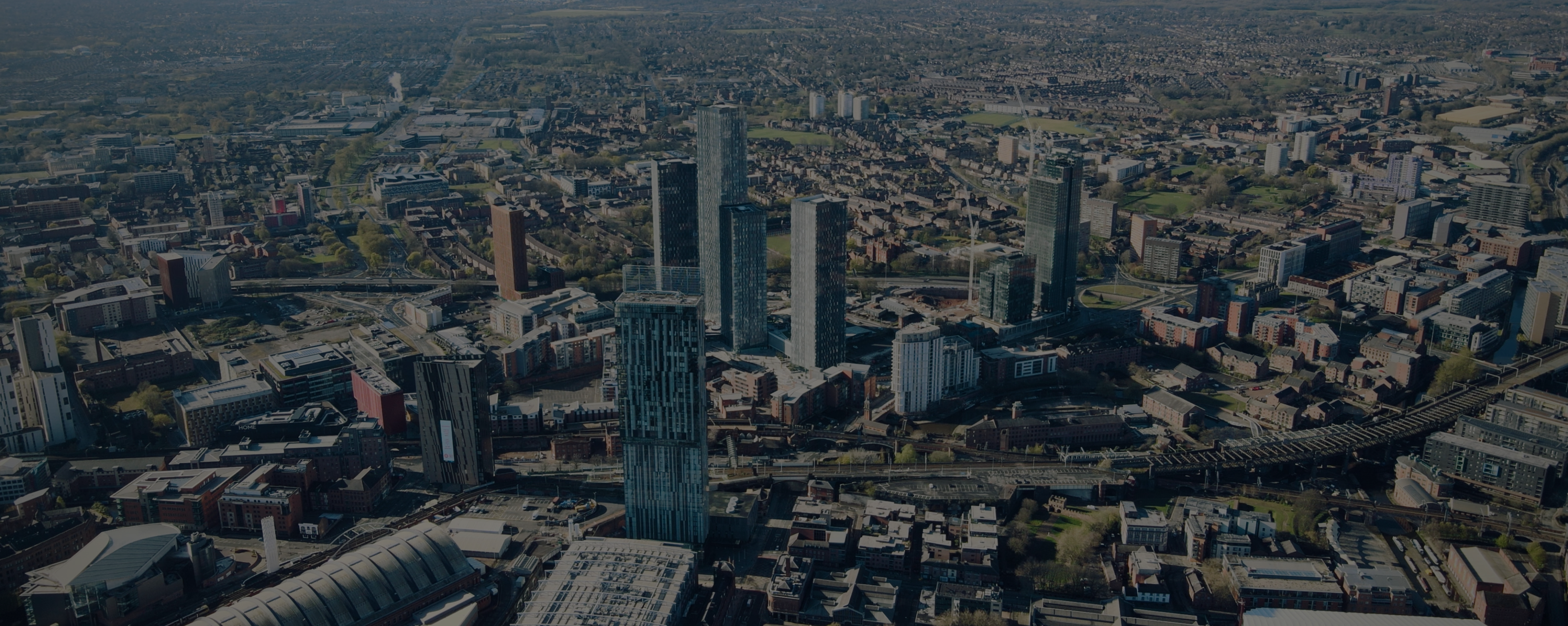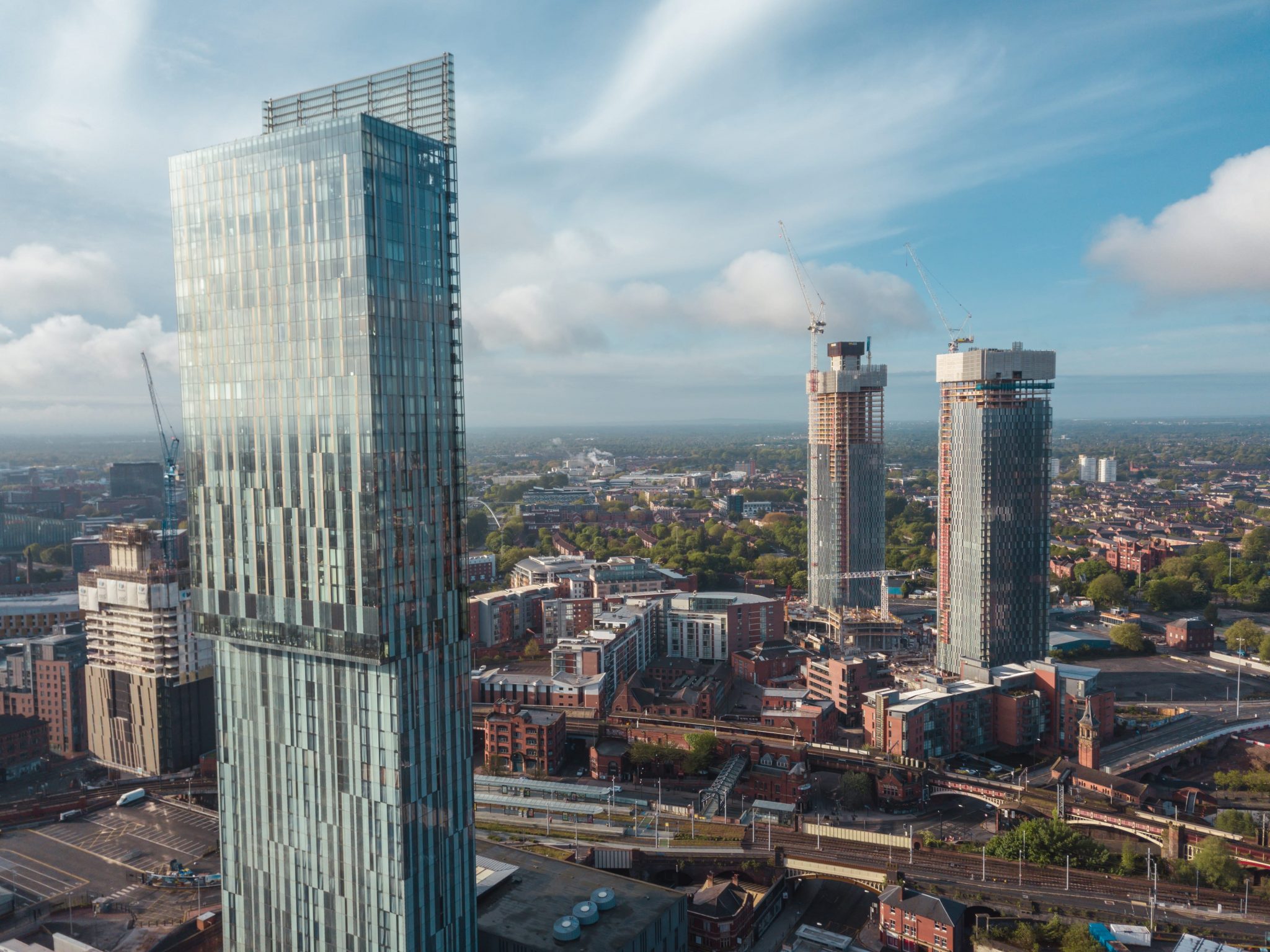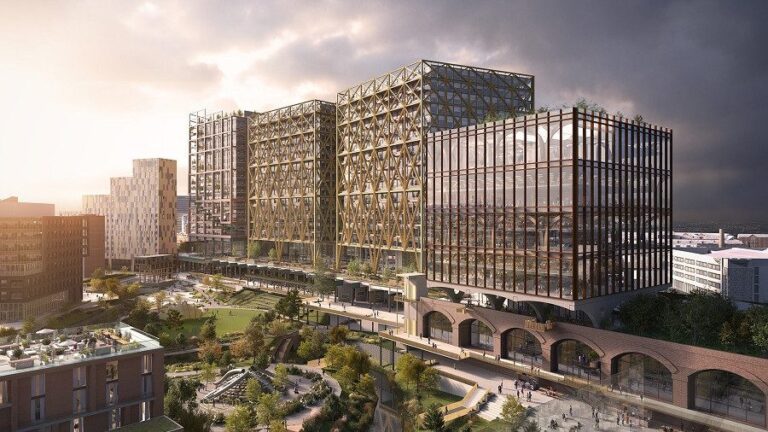Richard Murphy from Mortgage Advice Bureau weighs up the pros and cons of purchasing a new-build against older properties that need some love and attention for the buy-to-let market.
Starting out with a buy-to-let property comes with a raft of questions that need answers, and none more pressing than whether you should buy a new-build or a more established doer-upper property.
New-builds offer a level of security and quality of build, but can lack character and established infrastructure. Older properties can offer attractive period features but may require refurbishment and updated decor.
Here’s a rundown of some things to consider when purchasing a buy-to-let property…
Investing in a new-build
Characterless boxes or a reliable, low-effort investment? New-build homes come with a host of points to consider.
Advantages of buying a new-build buy-to-let
- New-build properties tend to attract tenants more quickly than older properties, meaning landlords can set rates higher and reduce the amount of time the property is left empty.
- Generally there will be less maintenance and repair costs, with interiors and appliances (including boilers) being recently installed. Snag lists also offer an opportunity to have issues identified and rectified by the builders. New-builds also come with a 10-year warranty against structural defects.
- Modern new-builds tend to be more energy efficient, making them cheaper to run and compliant with modern building regulations and safety standards.
Disadvantages of buying a new-build buy-to-let
- New-builds generally command higher initial costs. Also, if you do decide to sell, there may be a depreciation of value as the property’s ‘newness’ wears off.
- Lending criteria for a new-build buy-to-let mortgage can be quite strict as there could be a level of uncertainty around how much rent you can charge tenants.
- If properties are unfinished, delays to construction could impact your return. Also, short-term snags once the property is finished could act as an inconvenience to tenants.
- There are fewer new-build buy-to-let mortgages on the market, meaning you could face higher mortgage rates. Also, you could face higher service charges particularly in desirable areas well serviced with convenient amenities.
Refurbishing an existing property
Charming, period feature-rich abodes, or money sponges with closets full of skeletons (and damp)? Here’s what to consider if you’re thinking about renovating a property to-let.
Advantages of refurbishing a property to let
- If you choose to renovate an existing property there’s a far wider choice of locations and building configurations to choose from. This choice extends to the sort of renovation you choose to carry out, allowing you to make the project more suitable to your target tenants.
- Uncovering the potential of neglected properties can see a higher rental return on a modest investment. Installing new bathrooms and kitchens, replacing tired carpets and redecorating can transform a tired property into a desirable place to live for a relatively small outlay.
- Purchasing an older property means you avoid having to get a new-build buy-to-let mortgage. These can be more restrictive than standard buy-to-let mortgages and generally have tighter eligibility criteria.
Disadvantages of refurbishing a property to let
- Older properties can come with a handful of nasty surprises. Conducting surveys on the property can reveal any issues, but there’s a time and financial cost to doing these. Generally, you won’t need to conduct such surveys on a new-build.
- Uncertainty over a property’s condition can have serious impacts on your timeline and budget. New-build properties generally are already constructed to a high standard and building companies include snagging lists to tackle initial problems, but this isn’t the case with second-hand properties.
- Older properties are generally more of a challenge to renovate and maintain. There are potentially more financial gains to be had, but if you’re looking for something less complicated and time-consuming it might be wise to look elsewhere.
What are new-build buy-to-let mortgages?
A new-build buy-to-let mortgage is a loan specifically for those looking to purchase a new-build with the aim of renting it out to tenants. Owing to the perceived uncertainty around new-builds, lenders may require larger deposits or have stricter rules to adhere to.
If you’re thinking about getting a new-build buy-to-let mortgage there are some important eligibility factors, common to many lenders, you should consider to help you qualify.
Expect higher deposits
To compensate for any uncertainty, some lenders may require a higher deposit than you may expect, with at least 25% being the norm. Some lenders do offer deals with a smaller deposit, but these deals tend to come with stricter conditions and a higher rate of interest.
Eligibility expectations can be restrictive
This will depend on the lender, but the criteria for securing a new-build buy-to-let mortgage can be more restrictive. This could include proof that your expected rental income could cover over 125% of your mortgage payments, and proof that you have an annual income of around £25,000. This comes on top of more typical expectations such as having a clean credit history.
The location and property in question may factor into the decision
While these points will generally be considered for a standard application, certain regions and postcodes will be seen more favourably than others for new- build buy-to-let mortgages. Something else to consider is that flats generally face stricter criteria over houses and, if it’s a leasehold property, lenders will ideally be looking for at least 85 years left on the lease.
Your experience as a landlord
While already being a landlord may improve your chances of securing a mortgage, it’s not a must. Lenders may also require applicants to be over the age of 21.
Chat to an adviser from Mortgage Advice Bureau
At Mortgage Advice Bureau our advisers can help you get the right deal on your buy-to-let mortgage.
Visit Mortgage Advice Bureau (Contact Us | Mortgage Advice Bureau)
Your home may be repossessed if you do not keep up repayments on your mortgage.
There may be a fee for mortgage advice. The actual amount you pay will depend on your circumstances. The fee is up to 1% but a typical fee is 0.3% of the amount borrowed.
